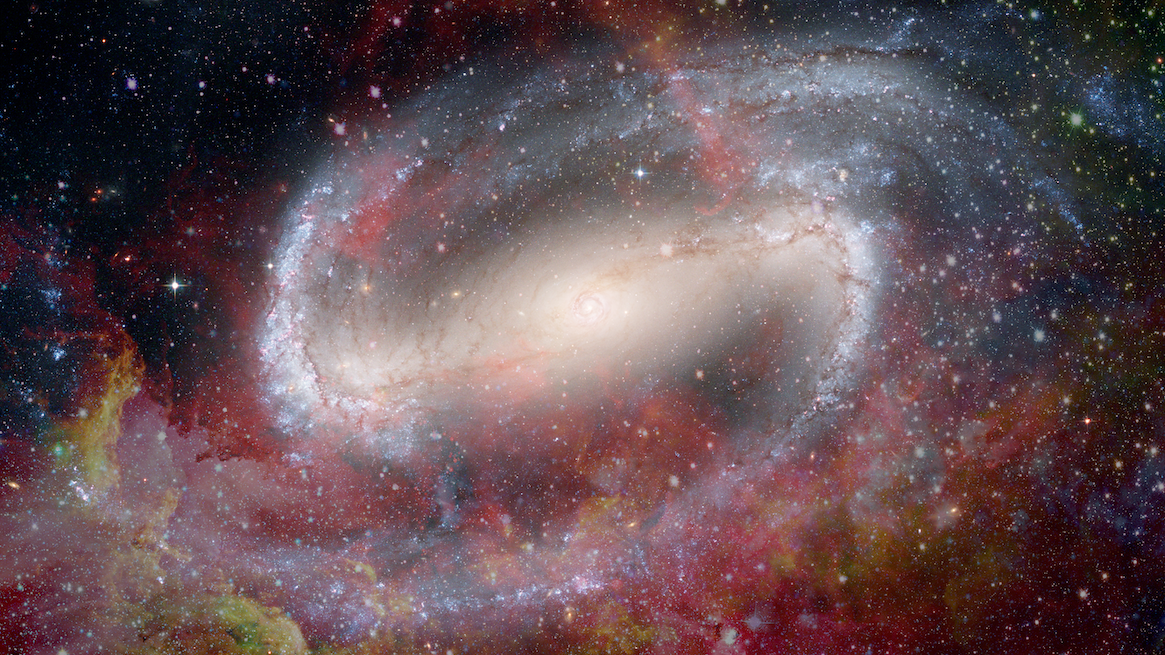For fans of physical cosmology, the James Webb Space Telescope (JWST) is the MVP of the last few years. With its extremely sensitive infrared instrument package, scientists have been able to focus on celestial objects too distant for any prior equipment to detect. This has yielded a wealth of information on everything from the earliest stars to potentially habitable exoplanets, as well as acres of incredible pictures from deep space. The JWST is often seen as the successor to the Hubble Space Telescope, and pictures from the two are often compared to marvel at how much greater detail is possible with the new equipment. Imagine comparing a cellphone pic you took this morning with one you snapped in 1990, and you have a good idea of how far the technology has come.
You’ve probably seen headlines about how JWST findings have rocked the fields of astronomy and cosmology, with everything from the discovery of “super earth” exoplanets to disproving the Big Bang. As we’ve discussed here before, most of these articles are either badly-understood distillations of recently presented academic papers, or outright clickbait hackery. To be clear, the Big Bang is still alive and well, but JWST has given new insight into the rate of the universal expansion, and it doesn’t match what theorists expected. The difference between expectations and the reality that JWST is uncovering is known as “the Hubble Tension.”
In short, the expansion of the universe is explained by Hubble’s Law, which states that galaxies are moving away from us at speeds that increase as the distance from us increases. In other words, the farther away a galaxy is, the faster it is moving. To calculate what the speed of a given galaxy should be, you simply multiply the distance from us by the Hubble Constant (which is either 244,000 kilometers per hour per megaparsec, or 264,000 kilometers per hour per megaparsec).
By applying these calculations to the cosmic background radiation (the “primal glow” left over from the Big Bang) scientists have estimated how fast the universe should be expanding currently—and JWST has found that the actual rate of expansion is actually much higher than predicted.
Assuming that all the measurements involved are accurate (which is, by no means, a certainty), the difference could indicate any number of causal factors. As always, there could be some as yet undiscovered type of field or particle at work here. Other candidates include Dark Energy and its ever-popular cousin, Dark Matter, which both remain mathematically assumed, but undetected at this point. One popular counter-theory on Dark Matter holds that “gravitational polarization of the quantum vacuum” is what causes the suggestion of Dark Matter, and that may also contribute to the Hubble Tension. We plan to unpack that concept in a future article, but for now it is sufficient to simply say that no one has a concrete explanation for the Tension at this time.
A recent paper in the Monthly Notices of the Royal Astronomical Society suggests that applying an alternative gravitational theory cleans up the discrepancy. They suggest that the Earth exists in an under-density—that is, a region of space with relatively little matter. At the edges of this under-density, there is more matter, which causes galaxies near us to rush toward the edges of the region, which is why they are moving faster than the constant predicts.
Until an explanation for the discrepancy in the expansion rate can be found, the Hubble Tension remains. Stay tuned to the Planetary Broadcast Network for more coverage of this and other mysteries of the cosmos, and we will continue to bring you the news you need to be an informed member of our great democratic experiment.

